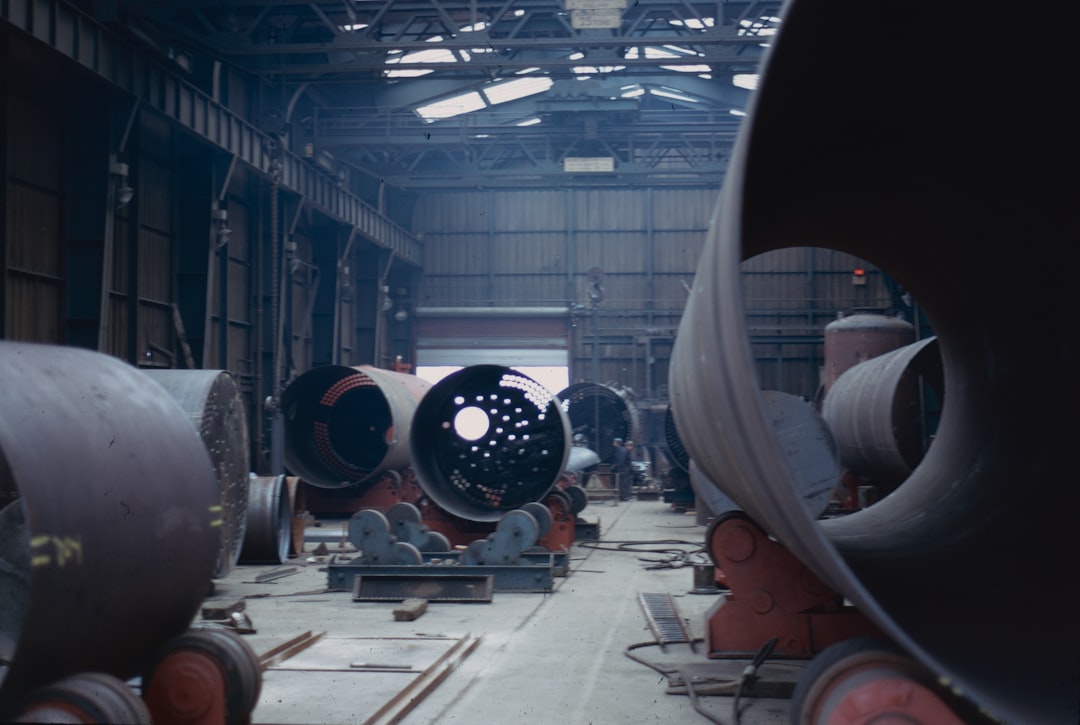Virtual reality (VR) technology has been rapidly gaining popularity in various industries, including manufacturing. This cutting-edge technology offers numerous benefits to manufacturers, allowing them to enhance their operations, improve productivity, and reduce costs. In this blog post, we will explore the benefits of virtual reality in manufacturing.
One of the key benefits of virtual reality in manufacturing is the ability to create realistic simulations of production processes. By using VR technology, manufacturers can simulate complex manufacturing processes in a virtual environment, allowing them to identify potential bottlenecks, optimize workflows, and eliminate inefficiencies. This not only helps to streamline production processes but also enables manufacturers to test new ideas and concepts without the need for physical prototypes, saving both time and money.
Another advantage of virtual reality in manufacturing is the ability to train employees more effectively. VR technology can be used to create immersive training programs that allow employees to learn new skills and procedures in a realistic virtual environment. This hands-on training approach helps employees develop their skills more quickly and effectively, leading to a more skilled and competent workforce.
Furthermore, virtual reality can also be used to enhance collaboration and communication within manufacturing teams. With VR technology, team members can collaborate on projects in a virtual environment, regardless of their physical location. This fosters better communication and collaboration between team members, ultimately leading to more efficient and effective decision-making processes.
Virtual reality also offers manufacturers the opportunity to reduce the need for physical prototypes. By creating virtual prototypes of products and production processes, manufacturers can test and refine their designs before investing in physical prototypes. This not only saves time and money but also allows manufacturers to identify and rectify potential issues early in the design process.
Moreover, virtual reality can also improve safety in manufacturing operations. By using VR technology to simulate hazardous scenarios and provide safety training to employees, manufacturers can reduce the risk of accidents and injuries in the workplace. This not only helps to protect employees but also minimizes downtime and production delays caused by safety incidents.
In conclusion, virtual reality offers a wide range of benefits to manufacturers, from streamlining production processes and improving productivity to enhancing employee training and collaboration. By leveraging VR technology, manufacturers can stay ahead of the competition, reduce costs, and achieve higher levels of efficiency and innovation in their operations. As the technology continues to evolve and become more accessible, we can expect to see even greater benefits of virtual reality in manufacturing in the years to come.

